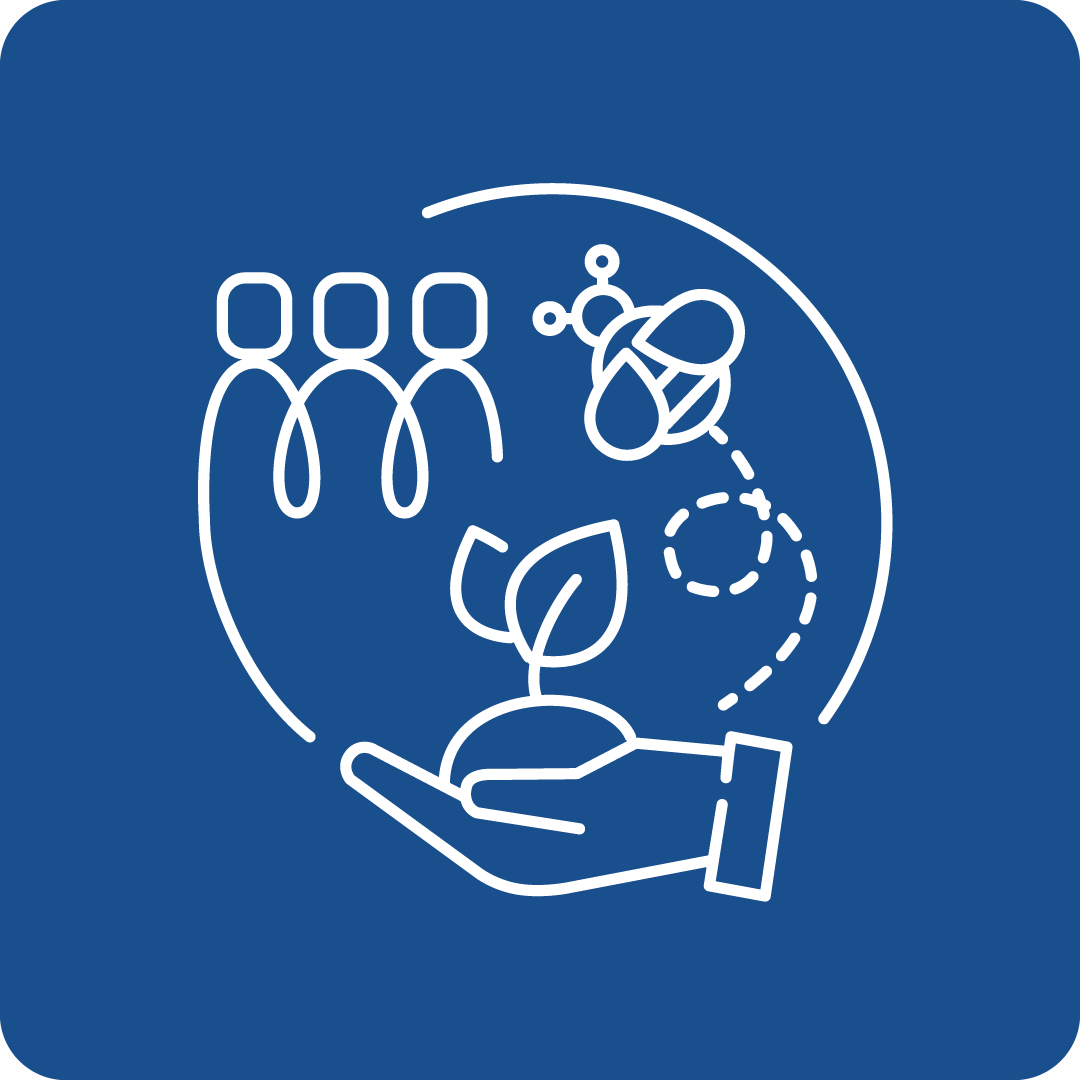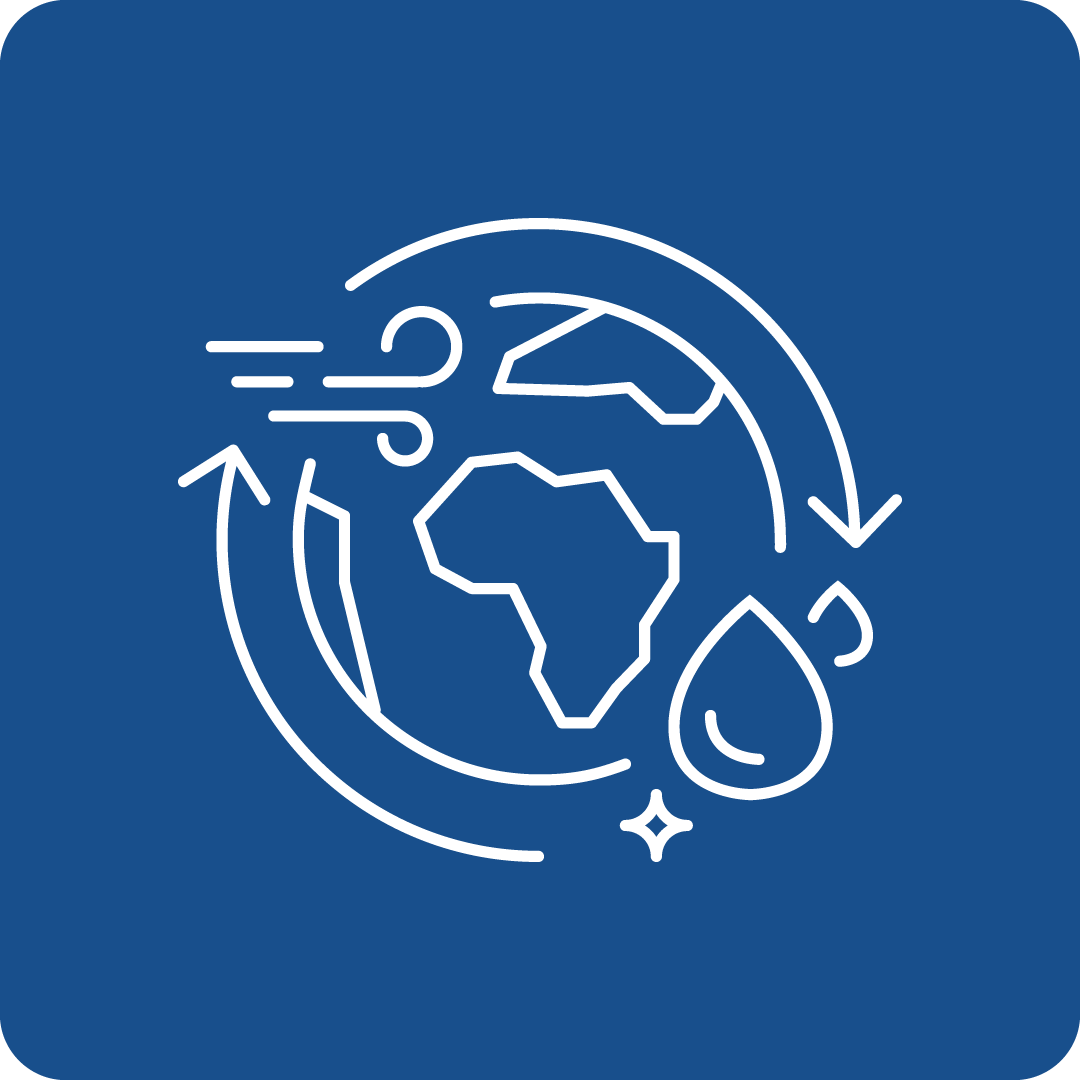Filter Search for grants
Call Navigation
Deadline expired
The deadline for this call has expired.
Call key data
Novel, sustainable and circular bio-based textiles
Funding Program
Horizon Europe: Cluster 6 - Food, Bioeconomy, Natural Resources, Agriculture and Environment
Call number
HORIZON-CL6-2023-CircBio-02-2-two-stage
deadlines
Opening
22.12.2022
Deadline
28.03.2023 17:00
Funding rate
70% (NPO: 100%)
Call budget
€ 14,000,000.00
Estimated EU contribution per project
€ 7,000,000.00
Link to the call
Link to the submission
Call content
short description
Overall, the call addresses the design, demonstration and scale-up of production of sustainable and circular, bio-based textiles for one or more applications: e.g., technical textiles, garments, industrial textiles, home textiles; including also innovative smart textiles and those providing additional functionalities (e.g., antimicrobial or fire resistance properties). Blended, but only bio-based compositions, are included hereby.
Call objectives
More specifically, the overall scope should be addressed by the projects via:
- Valorisation of secondary biomass, residues and under-utilised (primary or secondary) biomass (sustainable biomass sourcing, land use, land-use change and forestry (LULUCF) and biodiversity considerations should be addressed/showcased) for bio-based textiles. Moreover, the reuse of fibres from bio-based textiles to produce circular bio-based textiles is in scope;
- Design for circularity, enabling thus material design for durability, end-of-life recyclability, re-use and upcycling (including usability of waste fibres), with attention to the final application(s)/end use of textiles;
- Design for end-product quality, safety, and durability, with consideration of the sustainability and circularity of textiles value chains and the final application/end-use; this does include preventing micro- and nano- plastics/fibres release throughout the lifecycle of textiles;
- Development, demonstration and scale-up of novel processes by deploying appropriate enabling technologies to significantly reduce the environmental footprint of textiles, across their production steps (pre-treatment, mordanting, dyeing, and finishing steps), improving notably on climate neutrality and against zero pollution. Moreover, apply industrial, industrial-urban and other symbiosis concepts, where necessary to achieve and enhance targeted outcomes and impacts;
- Assess the environmental and social sustainability performance of the proposed innovations (textiles production and textiles lifecycle), while including technoeconomic feasibility assessment as well. The methodologies of assessment should follow existing EU standards;
- Integrate the Safe-and-Sustainable-by-Design (SSbD) framework, developed by the Commission, for assessing the safety and sustainability of chemicals and materials. Contribute with and develop recommendations that can advance further the application of the SSbD framework. More specifically, provide thresholds that can support the criteria definition and improvements for the assessment SSbD methodologies, including any specificities related with bio-based textiles. Recommendations can also include identification of data gaps, especially safety, environmental, but also socio-economic factors, as well as priorities for data collection.
- Address, consumer behaviour, acceptance and demand aspects for circular and sustainable bio-based textiles;
- Assess existing barriers to implementing circular economy business models for textiles; on this basis create innovative, sustainable and circular business models for the (EU and local) production and consumption of circular bio-based textiles. The participation of industry and particularly SMEs is strongly encouraged.
Projects are also expected to contribute to the New European Bauhaus (NEB) initiative by interacting with the NEB Community, NEB Lab and other relevant actions of the NEB initiative through sharing information, best practice, and, where relevant, results.
Where relevant, proposals should seek links with and capitalise on the results of past and ongoing EU funded research projects, (Horizon 2020, LIFE, Horizon Europe) including the ones under the Circular Bio-based Europe JU (CBE JU) and other partnerships of Horizon Europe.
Proposals should also include a dedicated task, appropriate resources and a plan on how they will collaborate with other projects funded under this topic and other relevant topics.
Social Science and Humanities (SSH), social innovation and international cooperation aspects are also applicable to this topic and it is highly encouraged to address them as cross-cutting issues.
read more
Expected effects and impacts
A successful proposal will contribute to expected impacts under the Destination ‘Circular economy and bioeconomy sectors’, in line with the European Green Deal, the EU bioeconomy strategy and its action plan, the EU biodiversity strategy for 2030, the circular economy action plan (CEAP), the chemicals strategy for sustainability, the EU textiles strategy, the EU zero pollution action plan as well as the New European Bauhaus initiative and the EU industrial strategy.
In particular, expected impacts to be addressed by successful proposals include: i) enhancing European industrial sustainability, competitiveness and resource independence; ii) accelerating regional, rural, local, urban and consumer-based transitions towards a sustainable, regenerative, inclusive, just and clean circular economy and bioeconomy as well as iii) the development of innovative and sustainable value-chains in the bio-based sectors, substituting fossil-based ones.
Expected results
- Significantly reduce the negative environmental impact of textiles throughout their lifecycle. This impact encompasses primary raw materials and water consumption, land use and indirect land use change, as well as GHGs and other pollutants emissions (zero pollution), via addressing circularity-by-design and sustainable production aspects (the latter including thus also resource efficiency and circularity of resources improvements).
- Significantly increase recyclability and circularity of textiles; it is estimated that currently there is a very low rate of recyclability of textiles into new textiles, worldwide.
- Increase the use of EU (locally/regionally-sourced) alternative, bio-based fibres (including the reuse of bio-based textiles in their present form and in novel forms of use).
- Address social impacts (e.g., HS&E and working conditions), in addition to environmental effects; projects should ensure sustainable, circular and socially just textile production and consumption at EU level, while international cooperation is strongly encouraged. The latter will allow for enhancing further on the sustainable production and consumption of textiles while improving on the replication potential of the proposed innovations.
- Empower and increase SMEs participation and improve academia/industry/feedstock &fibres suppliers’ interactions and collaboration.
- Establish new and innovative circular bio-based value chains with a positive impact on EU competitiveness and jobs creation at regional, rural and local levels.
read more
Eligibility Criteria
Regions / countries for funding
Moldova (Moldova), Albania (Shqipëria), Armenia (Հայաստան), Bosnia and Herzegovina (Bosna i Hercegovina / Босна и Херцеговина), Faeroes (Føroyar / Færøerne), Georgia (საქართველო), Iceland (Ísland), Israel (ישראל / إِسْرَائِيل), Kosovo (Kosova/Kosovë / Косово), Montenegro (Црна Гора), Morocco (المغرب), North Macedonia (Северна Македонија), Norway (Norge), Serbia (Srbija/Сpбија), Tunisia (تونس /Tūnis), Türkiye, Ukraine (Україна), United Kingdom
eligible entities
EU Body, Education and training institution, International organization, Non-Profit Organisation (NPO) / Non-Governmental Organisation (NGO), Other, Private institution, incl. private company (private for profit), Public Body (national, regional and local; incl. EGTCs), Research Institution incl. University, Small and medium-sized enterprise (SME)
Mandatory partnership
Yes
Project Partnership
To be eligible for funding, applicants must be established in one of the following countries:
- the Member States of the European Union, including their outermost regions
- the Overseas Countries and Territories (OCTs) linked to the Member States
- third countries associated to Horizon Europe - see list of particpating countries
Only legal entities forming a consortium are eligible to participate in actions provided that the consortium includes, as beneficiaries, three legal entities independent from each other and each established in a different country as follows:
- at least one independent legal entity established in a Member State; and
- at least two other independent legal entities, each established in different Member States or Associated Countries.
Any legal entity, regardless of its place of establishment, including legal entities from non-associated third countries or international organisations (including international European research organisations) is eligible to participate (whether it is eligible for funding or not), provided that the conditions laid down in the Horizon Europe Regulation have been met, along with any other conditions laid down in the specific call topic.
A ‘legal entity’ means any natural or legal person created and recognised as such under national law, EU law or international law, which has legal personality and which may, acting in its own name, exercise rights and be subject to obligations, or an entity without legal personality.
Specific cases:
- Affiliated entities — Affiliated entities (i.e. entities with a legal or capital link to a beneficiary which participate in the action with similar rights and obligations to the beneficiaries, but which do not sign the grant agreement and therefore do not become beneficiaries themselves) are allowed, if they are eligible for participation and funding.
- Associated partners — Associated partners (i.e. entities which participate in the action without signing the grant agreement, and without the right to charge costs or claim contributions) are allowed, subject to any conditions regarding associated partners set out in the specific call conditions.
- Entities without legal personality — Entities which do not have legal personality under their national law may exceptionally participate, provided that their representatives have the capacity to undertake legal obligations on their behalf, and offer guarantees to protect the EU’s financial interests equivalent to those offered by legal persons.
- EU bodies — Legal entities created under EU law including decentralised agencies may be part of the consortium, unless provided for otherwise in their basic act.
- Joint Research Centre (‘JRC’)— Where provided for in the specific call conditions, applicants may include in their proposals the possible contribution of the JRC but the JRC will not participate in the preparation and submission of the proposal. Applicants will indicate the contribution that the JRC could bring to the project based on the scope of the topic text. After the evaluation process, the JRC and the consortium selected for funding may come to an agreement on the specific terms of the participation of the JRC. If an agreement is found, the JRC may accede to the grant agreement as beneficiary requesting zero funding or participate as an associated partner, and would accede to the consortium as a member.
- Associations and interest groupings — Entities composed of members (e.g. European research infrastructure consortia (ERICs)) may participate as ‘sole beneficiaries’ or ‘beneficiaries without legal personality’. However, if the action is in practice implemented by the individual members, those members should also participate (either as beneficiaries or as affiliated entities, otherwise their costs will NOT be eligible
other eligibility criteria
Activities are expected to achieve TRL 6-8 by the end of the project.
For the Technology Readiness Level (TRL), the following definitions apply:
- TRL 1 — Basic principles observed
- TRL 2 — Technology concept formulated
- TRL 3 — Experimental proof of concept
- TRL 4 — Technology validated in a lab
- TRL 5 — Technology validated in a relevant environment (industrially relevant environment in the case of key enabling technologies)
- TRL 6 — Technology demonstrated in a relevant environment (industrially relevant environment in the case of key enabling technologies)
- TRL 7 — System prototype demonstration in an operational environment
- TRL 8 — System complete and qualified
- TRL 9 — Actual system proven in an operational environment (competitive manufacturing in the case of key enabling technologies, or in space)
Additional information
Topics
Relevance for EU Macro-Region
EUSAIR - EU Strategy for the Adriatic and Ionian Region, EUSALP - EU Strategy for the Alpine Space, EUSBSR - EU Strategy for the Baltic Sea Region, EUSDR - EU Strategy for the Danube Region
UN Sustainable Development Goals (UN-SDGs)
![]()
![]()
![]()
Additional Information
All proposals must be submitted electronically via the Funders & Tenders Portal electronic submission system (accessible via the topic page in the Search Funding & Tenders section). Paper submissions are NOT possible.
Proposals must be complete and contain all parts and mandatory annexes and supporting documents, e.g. plan for the exploitation and dissemination of the results including communication activities, etc.
The application form will have two parts:
- Part A (to be filled in directly online) contains administrative information about the applicant organisations (future coordinator and beneficiaries and affiliated entities), the summarised budget for the proposal and call-specific questions;
- Part B (to be downloaded from the Portal submission system, completed and then assembled and re-uploaded as a PDF in the system) contains the technical description of the project.
Annexes and supporting documents will be directly available in the submission system and must be uploaded as PDF files (or other formats allowed by the system).
This call follows a two-stage approach.
This topic is part of the blind evaluation pilot under which first stage proposals will be evaluated blindly. Applicants submitting a proposal under the blind evaluation pilot must not disclose their organisation names, acronyms, logos nor names of personnel in Part B of their first-stage application.
The limit for a first-stage application is 10 pages. The limit for a full application (Part B) is 45 pages. In order to include a business case and exploitation strategy, the page limit in part B of the General Annexes is exceptionally extended by 3 pages.
Contact
To see more information about this call, you can register for free here
or log in with an existing account.
Log in
Register now


